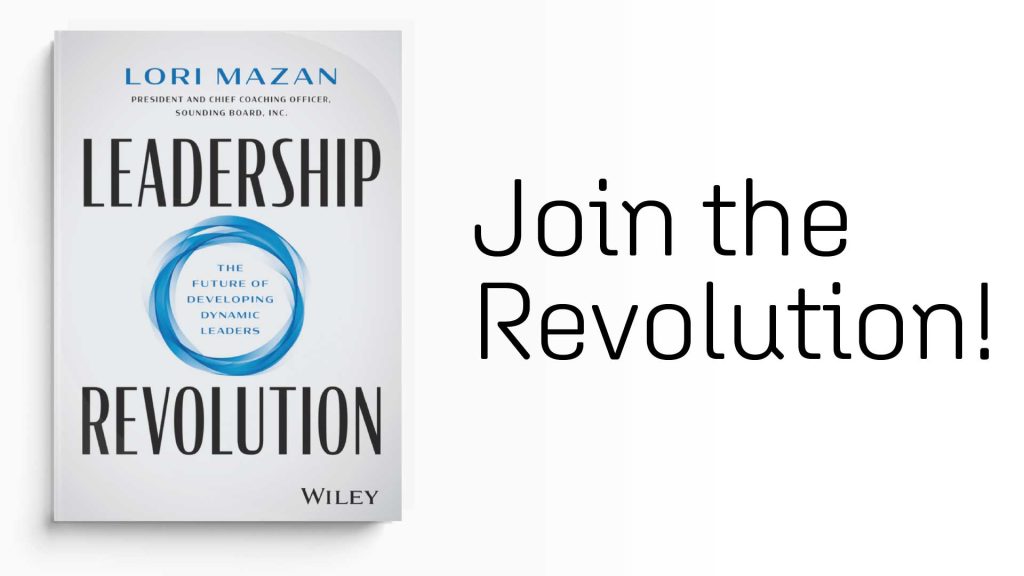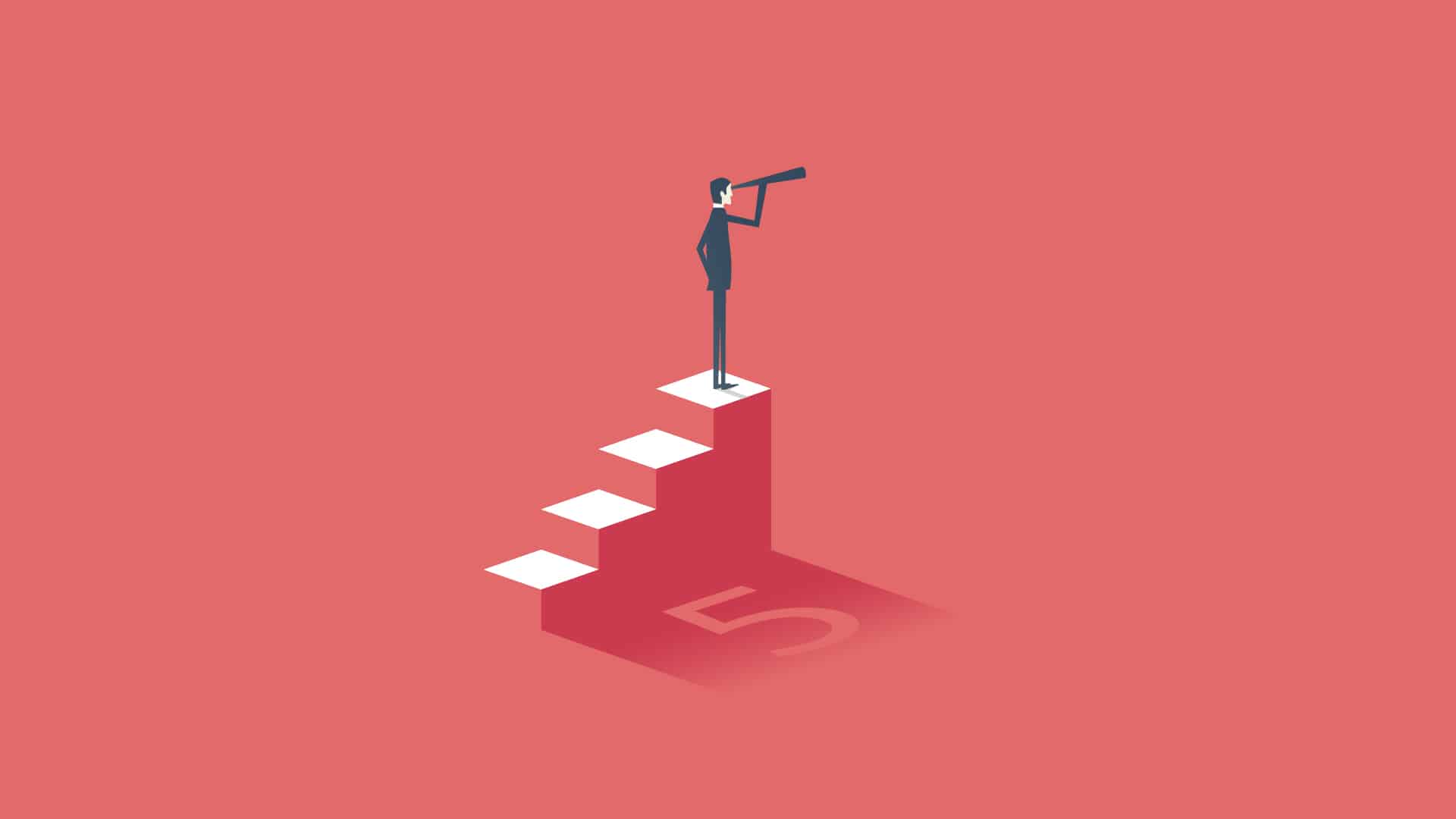As we start to prepare for life post-quarantine, now is the perfect time to start visioning forward to what’s possible for this next chapter.
I recently did virtual talk and started by saying “If you can’t imagine the positive outcome, you have little chance of making it happen.”
The room grew silent, and I paused to let this sink in. My audience was a group of corporate executives gathered virtually to talk about visioning and goal setting. As many participants admitted, dedicating two hours to this project felt like a lot of time to take out of their busy schedules to indulge in practices like sitting still and visualizing the future.
But by the time the two hours had concluded, most participants had a renewed sense of the importance of taking time to pause, track progress, assess intentions and recommit to goals.
The following are five reasons why setting intentions and visualizing are the most powerful tool you can engage with as we all emerge from quarantine:
1. Successful people set intentions
What we know is that top executives and innovators who make a conscious effort to slow down and self-assess outperform their peers: “Despite having way more responsibility than anyone else, top performers in the business world often find time to step away from their urgent work, slow down, and invest in activities that have a long-term payoff in greater knowledge, creativity, and energy,” writes Michael Simmons, who has studied the lives of Oprah Winfrey, Albert Einstein and Warren Buffett, among others.
For many of the executives I coach, spending time casting our thoughts back over the past day, week, or month and sitting down to regularly set goals for the future feels like a luxury of time they can’t afford. But the truth is, these practices are proven to lead to more productivity and better performance from the world’s best leaders.
2. Visualizing our goals helps programs the brain to make scenarios happen
In a world where everything from pandemics to wildfires to the stock market feels out of our control, taking the time to set strong intentions is not an exercise in magical thinking; rather it is a way for us to program our brain and our subconscious toward what we want to see happen. Research shows that visualizing an ideal future outcome as if it’s happening can actually program the brain to increase its likelihood of happening. Sports psychologists have been onto this phenomenon for years.
With clients, I run regular drills imagining positive scenarios to help train our visual cortex, which interprets mental pictures – imagined or real – in exactly the same way. This means that if you are regularly dreading next week’s board meeting or laying off a member of your team, playing a worst-case scenario in your head on repeat, your brain will interpret this data as real, making this pattern very easy to play out as the situation takes place.
3. Positive intentions bypass fear-based thinking
How do we switch our brains into visualizing the futures we want? The choice to proactively vision forward, even though the next few moments or days, is a choice to commit energy towards a positive scenario where your desired outcomes take place. This takes real courage.
For many, our default posture, reinforced by our inner critics, claim it is better to be prepared for the worst than hope for the best. The vulnerability and energy required to imagine and articulate a best-case scenario make it easier to retreat to a posture of defensiveness and reactivity. But intention setting works to harness this dormant energy and focus it towards a particular outcome.
4. Clear intentions lead to clear outcomes
When a clear positive intention is present, the methods for achieving it tend to present themselves. However unclear intentions tend to lack both clarities of direction and sufficiently focused energy, resulting in nebulous outcomes. Intention setting can be as simple as determining a clear goal at the beginning of each meeting, week or quarter, visioning yourself at the start completing it successfully with the intended outcomes you desire.
5. Looking back helps us determine where we want to go in the future
Starting today, I encourage you to take a long look back at your wins, losses, transformation and learning from this last chapter. And as you look towards the future, ask yourself: What does this tell me about who I want to be, what I want to achieve, and get really intentional about what I’m creating in this new landscape?
In the midst of crisis, now is a good time to look back and let yourself vision forward. You may jot yourself notes on the goals that are coming forward, or vision forward for an upcoming experience, and sit back to find it playing out with surprising, grace, ease, and speed.











